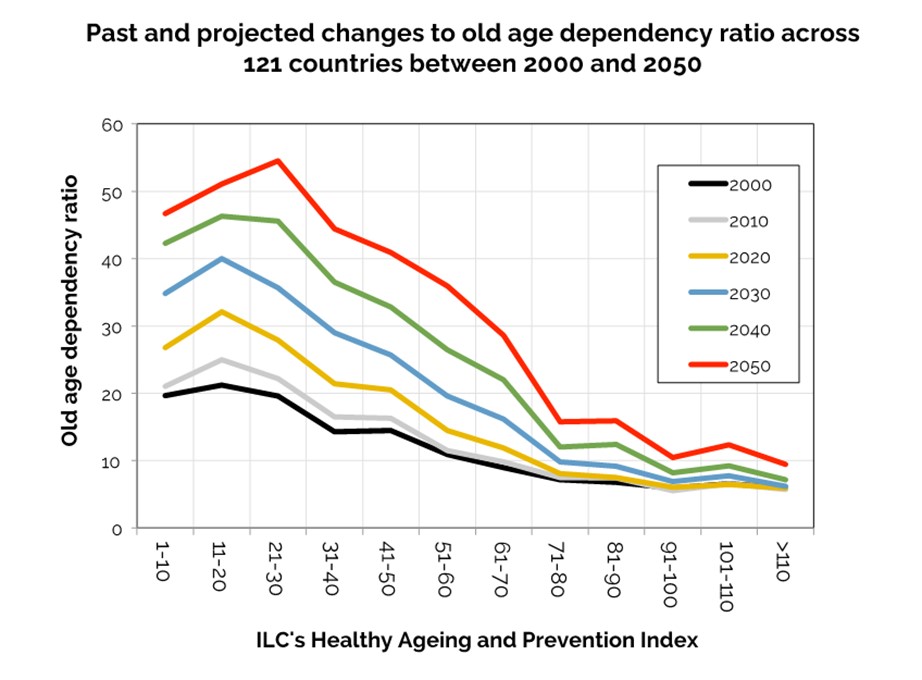The Minister for Public Expenditure, NDP Delivery and Reform, Paschal Donohoe, T.D. briefed Government on the findings of an Actuarial Review of the State’s Accrued Liability in respect of Public Service Occupational Pensions in Ireland. This process occurs every 3 years as required under EU rules.
The value of the State’s Accrued Liability in respect of retirement benefits for current and former public service employees is estimated as €175.7bn as at 31st December 2021. This figure represents the value, in “today’s money” terms, of all expected future superannuation benefit payments arising from accrued service to 31st December 2021.
The increase in the reported obligation since the last review can be attributed to a number of factors including a technical revaluation of the obligations due to a change in prescribed assumptions by Eurostat.
The natural ageing of current and former employees as well as the accrual of additional benefits by current employees, including new staff, also increases the accrued liability. The growth in the size of the public service also has implications for the evolution of the State’s long-term pension liabilities. In this regard, it is noted that the public service has grown from 330,576 in Q4 2018 to 365,858 by Q4 2021. Public Service numbers have since further grown to 389,070.
The cost of public service occupational pensions is expected to increase from 1.0% of GDP in 2022 to 1.1% of GDP by 2040. However, the cost is expected to reduce thereafter with a cost of 0.7% of GDP expected by 2070 reflecting measures taken to mitigate costs.

